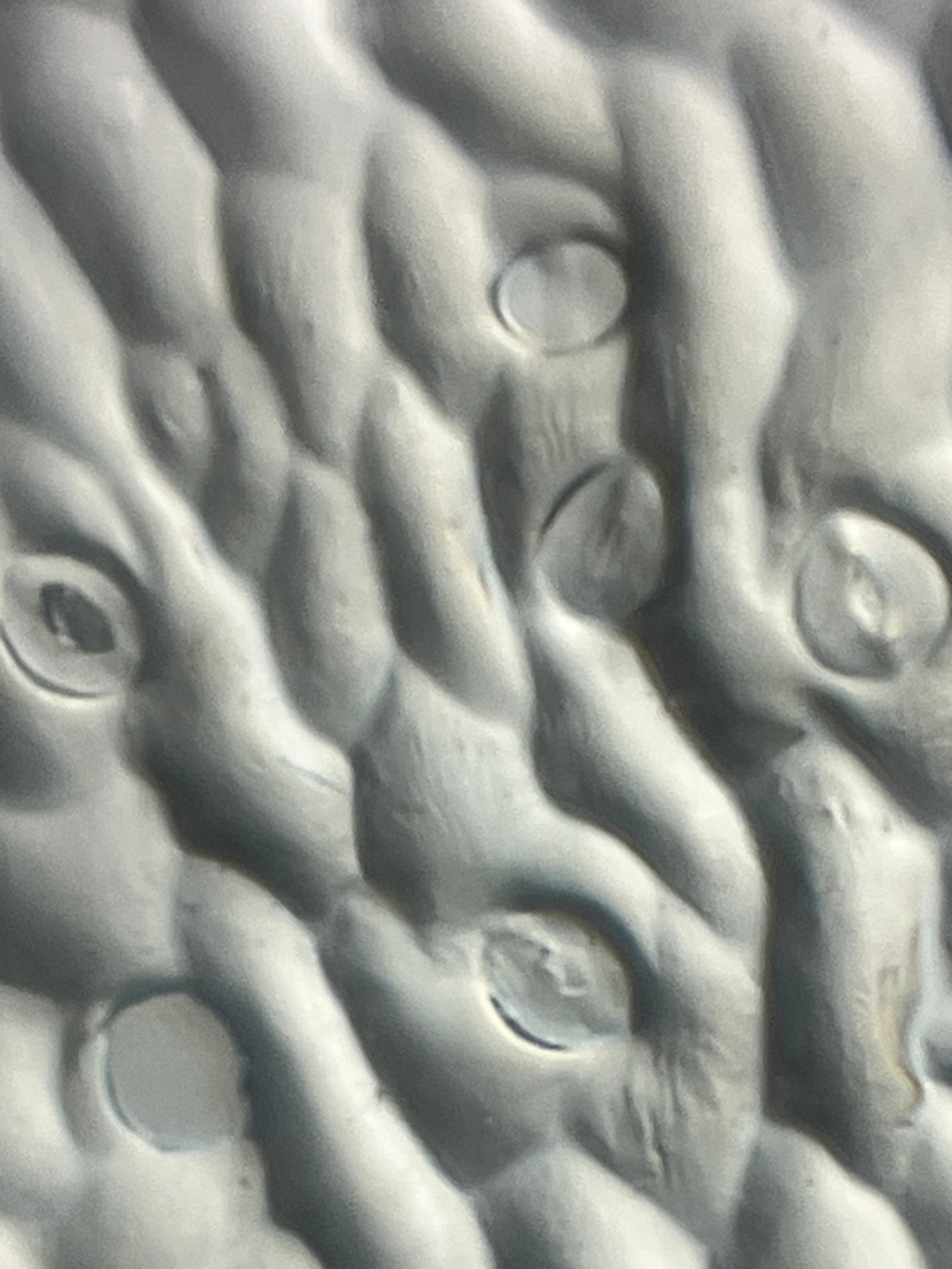The National Oceanic and Atmospheric Association has predicted that the 2023 hurricane season will go from June 1st through November 30th. I live on the east coast of the United States and for me, this means a lot of thunderstorms and rain. Since my umbrella has gotten a lot of use lately, I decided to take a closer look at this handy tool under my Foldscope 2.0! And it was easy to do. I just clamped my Foldscope 2.0 onto the umbrella canopy - no slide prep required!

Umbrella History
Umbrellas were originally used in ancient Africa, Asia, and Europe not to protect from the rain, but to protect from the sun! It wasn’t until the 1st century A.D. that umbrellas began to be used as a covering for rain. Roman women would rub oil onto the paper canopy (what the umbrella was made of at the time) to waterproof it. Umbrellas with telescoping handles like mine were invented in 1928 by Hans Haupt.

Nylon Canopy
In the 1960s nylon became the fabric of choice for the canopy. Nylon is a material that is lightweight, waterproof, and dries quickly - all important properties for an umbrella canopy!

Nylon Fabric
Nylon fabric is woven using a traditional under/over pattern using nylon thread. Because nylon is completely synthetic, the threads lie in very straight lines as seen in my Foldscope 2.0. You can even see the open spaces that add to the breathability and quick drying properties of the umbrella canopy. These holes are large enough to allow air to pass through, but not raindrops.

I really enjoy seeing the light interact with the nylon fibers at higher magnifications. The 340X lens gives it an almost glowing look as the light passes through the threads. The higher magnification also gives a sense of depth to the image allowing me to see the texture of the threads that isn’t evident on the macroscopic scale.

Have you looked at your umbrella under a Foldscope 2.0? Use your Foldscope to dive into the microscopic world and find the beauty that is there waiting for you. Share your microscopic images and thoughts on the Microcosmos. Be sure to tag us on social media when you post the results of your explorations, creations, and discoveries! We love to see how Foldscopers around the world are using their Foldscopes in new and innovative ways!
Facebook: @Foldscope
Twitter: @TeamFoldscope
Instagram: @teamfoldscope
Threads: @teamfoldscope
Sources:
https://www.noaa.gov/news-release/2023-atlantic-hurricane-season-outlook
http://www.madehow.com/Volume-1/Umbrella.html
https://www.umbrellaworkshop.com/umbrellas/history-of-the-umbrella/


